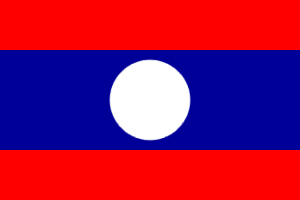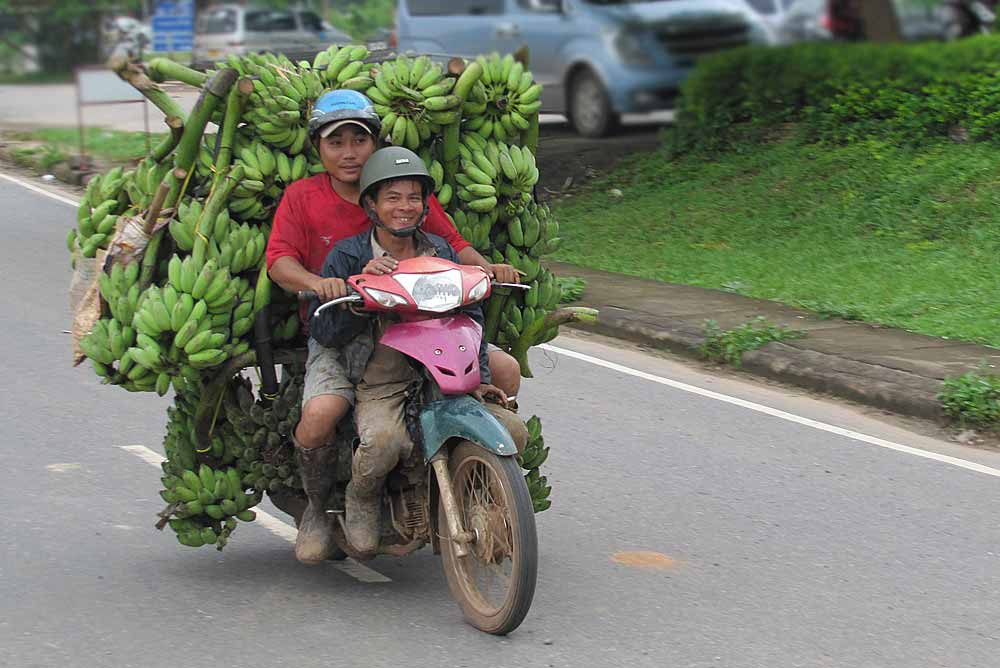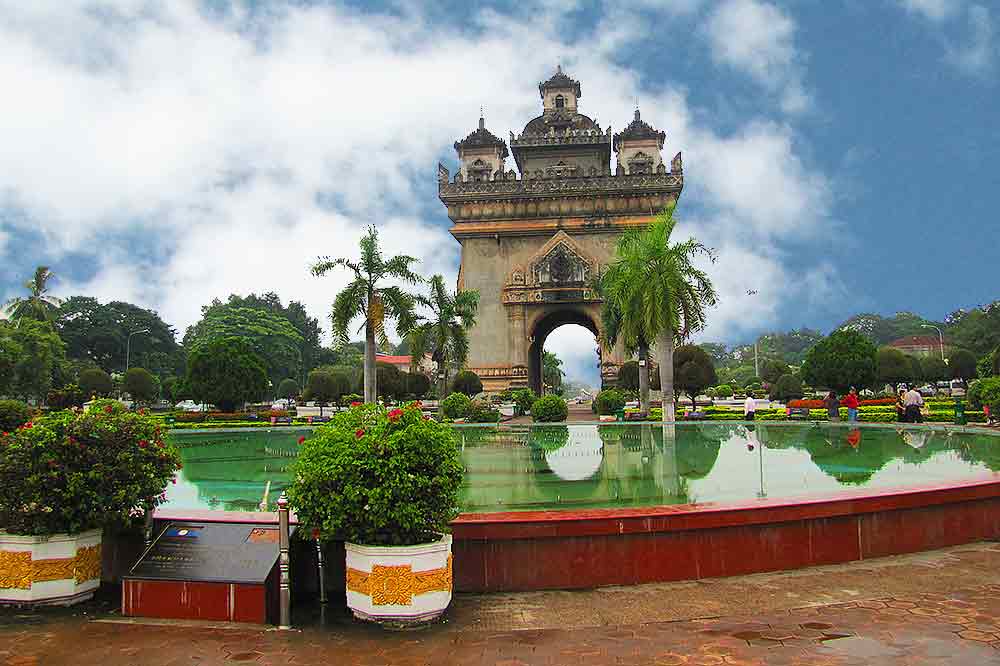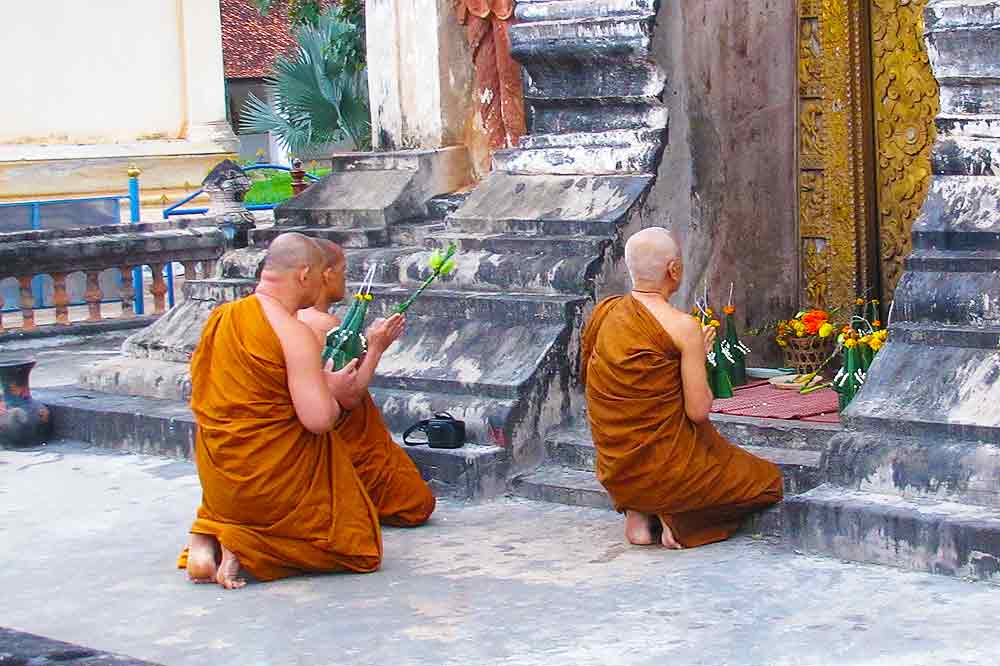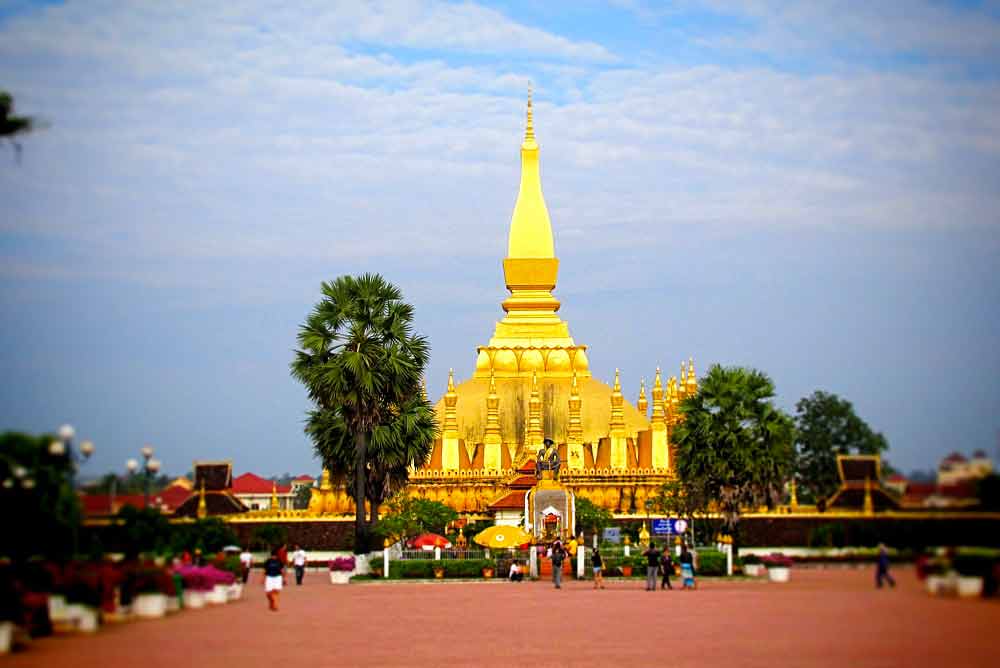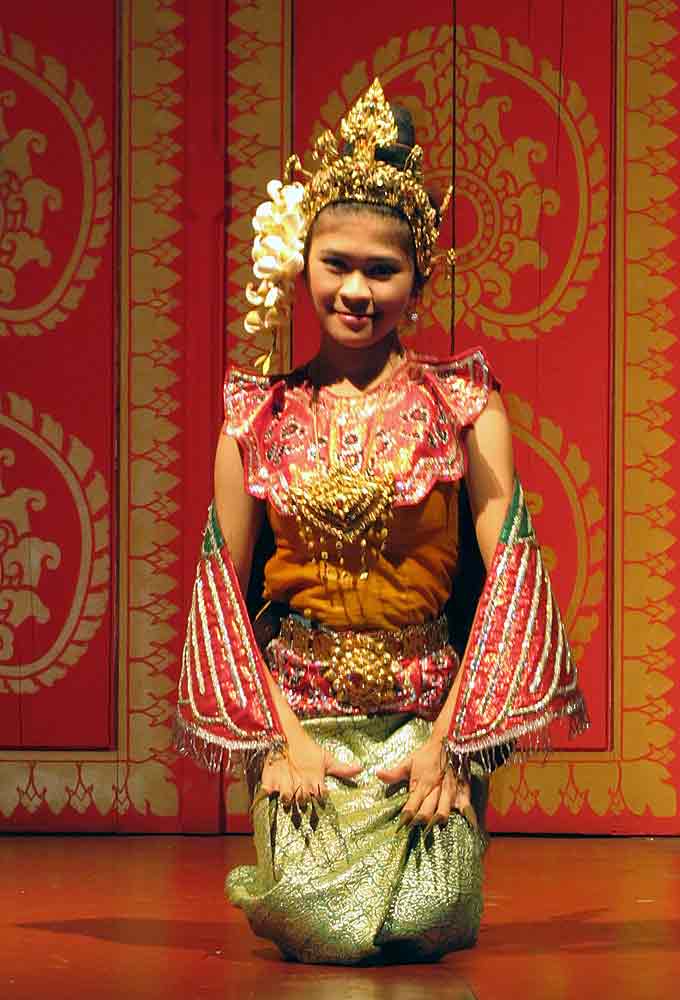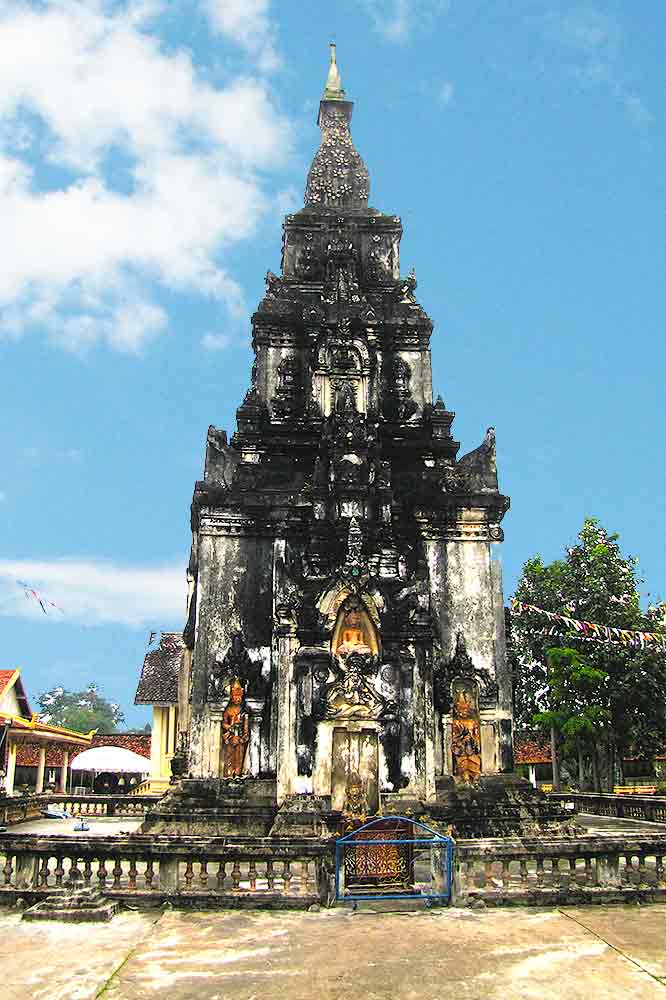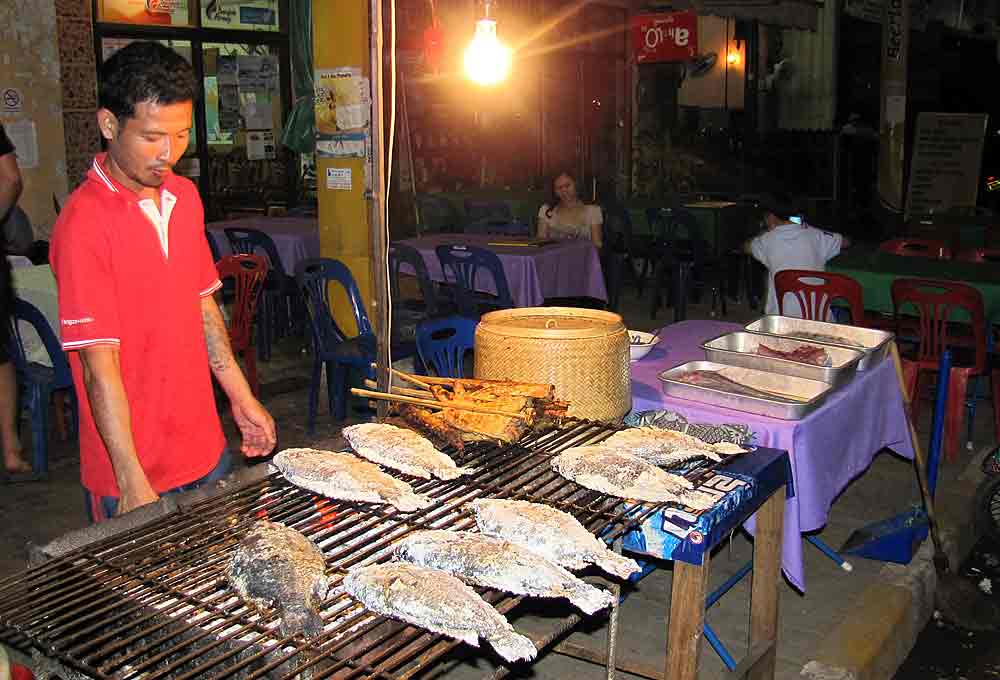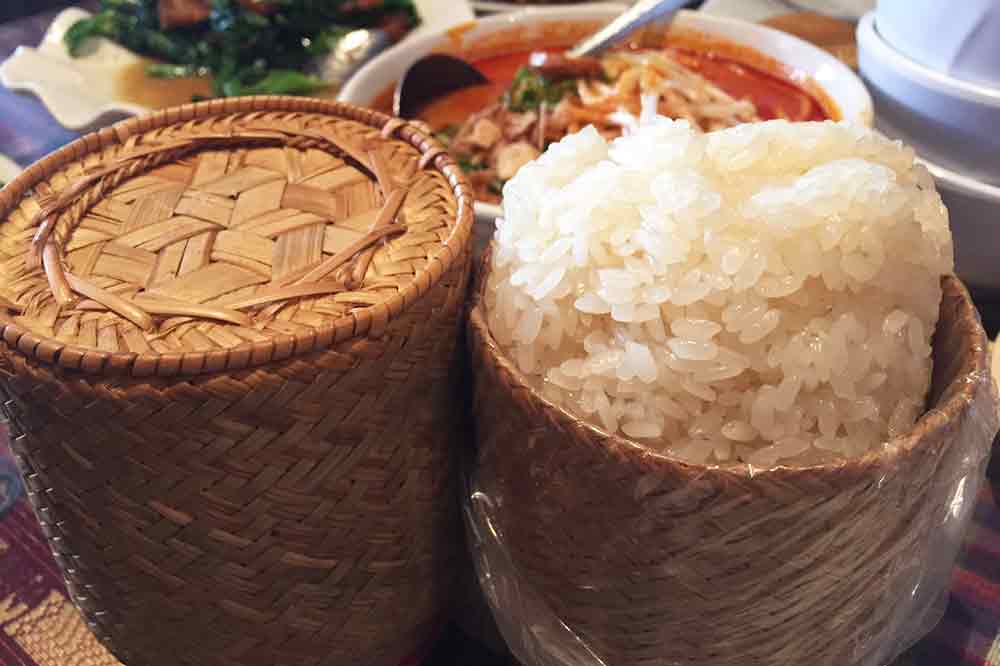Laos Travel Guide
Geography of Laos
Laos can be considered to consist of three geographical areas: north, central, and south. It is the only landlocked country in Southeast Asia, being surrounded by Vietnam to its east, Thailand and Myanmar to its west, China to its north, and Cambodia to its south.
Laos has a total area of 91,430 square miles (236,790 square km) and over 70 percent is mountainous terrain. It is a thickly forested and mountainous land. The highest elevation in Laos, Phou Bia in Xieng Khouang Province, is 9,250 feet (2,820 meters).
The Annamite Mountain range forms a large part of Laos’ eastern border with Vietnam.
Another important mountain range is the Luang Prabang, far to the north near the border with Thailand. There are also some flatlands and plateaus in both the north and south of Laos.
One of the main geographical features of the country is the Mekong River, the primary waterway through Laos, and in fact, it forms much of the western border with Thailand.
The river is vitally important both as a source of food as well as for transportation purposes. In some spots, the river is over 12 miles (20 km) wide!
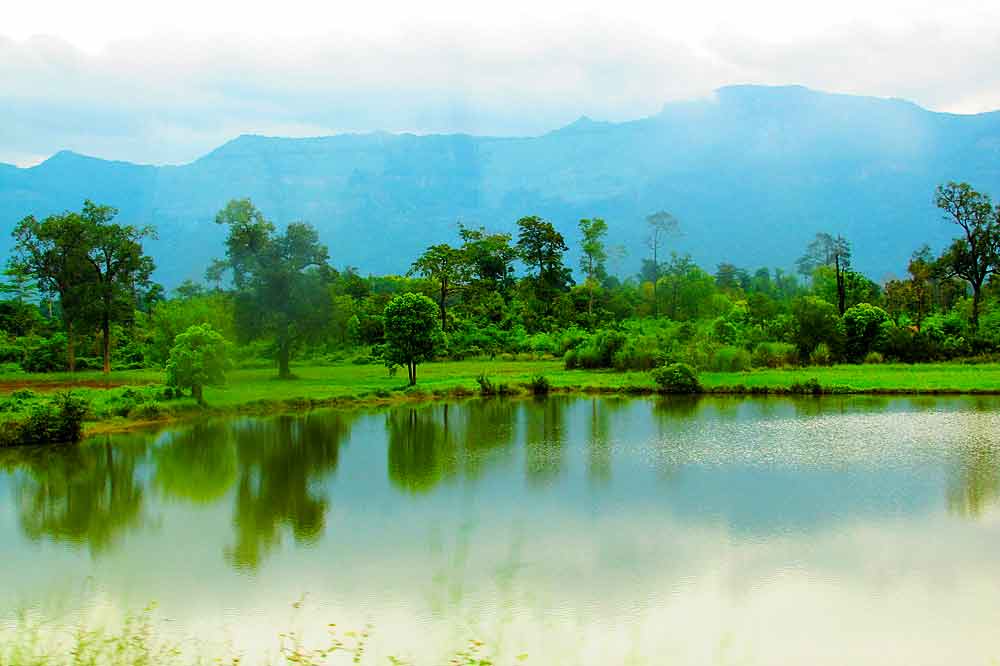
The beautiful and peaceful countryside of Laos
Major Holidays in Laos
The traditional calendar used since 638 BCE in Laos is a mixture of lunar and solar. The year is divided using the sun’s phases, but the months are divided following lunar phases.
Agricultural seasons form the basis for many festivals and many celebrations span a few days, if not longer. New Year festivities will go on for about a week.
The major holidays in Laos are as follows:
Gregorian New Year (January 1): Celebrated as in Western nations.
International Women’s Day (March 8): A day set aside to appreciate the contributions that women have made to the culture. Mothers are also recognized on this day.
Lao New Year (April 14-16): As in Thailand and Cambodia, Laos officially celebrates the New Year for three days. In actuality, celebrations go on for about a week.
International Labor Day (May 1): Workers’ contributions to society are recognized on this holiday.
Lao National Day (December 2): This holiday commemorates the founding of the Lao republic in 1975. The day is marked with large parties, parades, and festivals.
Visa Requirements for Laos
As with most nations, Lao visa requirements and fees change regularly. It is highly recommended that you check with the Lao embassy in your home nation to get the latest information.
That being said, in general…
Except for nationals of all ASEAN countries, Korea, Switzerland, Russia, and Japan, all other visitors to Laos will need a visa to enter Laos.
e-Visas can be obtained at the official application website in advance of your entry into Laos.
The fees, current as of March 2021, are US$50 for US citizens and US$57 for Canadians.
For every other nation, the fees are between $30 and US$40, and change often. Processing times also vary; 2-3 days is common.
You cannot cross directly into Laos from Myanmar. You have to go through a sliver of Thailand. But it’s a complicated process and I would not recommend it.
The Lao government is really big on their e-Visa offering, so that’s the easiest option to go with.
Traveling to Laos
Laos, full of mystery and beauty, will not disappoint the adventurous traveler. This nation is still searching for its identity, so be sure to explore here while its true nature still exists.
Most visitors to Laos do not fly directly into a Lao airport. By far, visitors come to Laos from neighboring countries, such as after a visit to Vietnam, Cambodia, or Thailand. Travel agents can be found everywhere in Bangkok and Saigon, so shop around and see what’s on offer and at what price.
If you plan to book your own trip to Laos, I recommend booking your accommodations online a few days before your arrival. There is a wide range of hotel choices in Vientiane.
Things to Do in Laos
There are many interesting things to do in Laos. For example, the capital, Vientiane, is worth a visit due to the historical offerings and ancient temples to be found there.
Be sure to see the magnificent Pha That Luang, the “Great Stupa,” widely held to be the most important structure in, and a symbol of, Laos.
The gold-covered stupa is believed to have its origins in the 3rd century, though it has undergone many reconstructions since then.
However, the main tourist attractions are outside of the capital. Luang Prabang is a “must-see,” with its fascinating colonial architecture, delicious local culinary specialties, and beautiful natural scenery.
Located at the confluence of the Mekong and Nam Khan rivers, this charming city has an abundance of Buddhist temples and monasteries, and it’s common to see saffron-robed monks walking through the streets every morning on their quest to collect alms.
Luang Prabang also has several notable waterfalls nearby.
The city is a UNESCO World Heritage site.
Also worth a visit is the town of Vang Vieng, located about four hours by bus from Vientiane. Vang Vieng traces its roots to the 14th century and is best known for its limestone hill formations in the Nam Song river. The city has a more relaxed feel and, as the town is located along the river, many activities for visitors are water related.
Other activities include visiting ethnic villages, such as those of the Hmong people, which are situated nearby.
Major festivals in Laos include the New Year, which is celebrated around 13–15 April and includes a water festival similar to those found in Thailand, but much more subdued.
As with other Southeast Asian nations, traveling in Laos during major holidays can have both advantages and disadvantages.
Most restaurants, shops, and government offices are not open during these times, so it’s important to plan ahead if you travel there at holiday times. However, it is often during holidays that the best of a nation’s culture is clearly on display!
Precautions When Traveling in Laos
Laos is a safe country to visit but has experienced political upheaval and has faced many challenges in the past few decades. Exercise caution when traveling there.
Vientiane is safe, as is Luang Prabang. Do your research and ask around, however, before embarking on a trip to smaller towns and into jungles, etc.
More than likely, you will be fine if you just use common sense and avoid drawing attention to yourself.
It’s best to avoid talk of politics, avoid any confrontation with police or other officials at all costs, and to stay on the beaten path.
Lao Food
Lao food is delicious, varied, and quite healthy. Most dishes tend to contain an abundance of fresh vegetables and herbs. Many vegetarian dishes can be found in Lao cuisine.
When meat is served, it’s usually steamed or grilled, resulting in a nutritious and healthy meal.
There is a large variety of options with Lao food, due to regional variations, but there are some trademark dishes that a visitor to this nation should enjoy.
Starter Menu
Here is a sampling of traditional Lao food to get you started with this unique cuisine:
Sticky rice (khao niew):This is a staple in lao cuisine and is often served with most meals. More than likely, you don’t even have to order it; it just arrives at the table after you place your order. It is usually eaten by hand, so don’t be shy about digging in with your fingers.
Khao Piak Sen: Due to its enormous popularity, many locals consider this noodle soup to be the unofficial breakfast of Vientiane. It’s sold everywhere in shops, street food stalls, and cooked food carts all over the capital and elsewhere. Broth choices include pork or chicken, and a thick rice noodle is served with this dish.
Ping Pa (grilled salted fish): If you like fish, you will love ping pa. A cleaned whole fish is spiced up with salt, garlic, and coriander root, left to marinate, and then grilled over an open flame. The fish becomes crispy on the outside, but tender and juicy on the inside.
Larb (also spelled laap): This dish is often served as a salad consisting of a tasty mix of spicy marinated pork or fish with a variety of herbs and spices. It usually comes with raw sliced cabbage, which is used as a vehicle to spoon the meat into your mouth.
Khao Jee Sandwich: The French brought bread to Laos, and the locals still love it. The khao jee sandwich comes on a baguette filled with lean pork sausage or ham sliced thinly, lettuce, carrots, tomato, and onion. A pâté tops it off and chili can be added if desired. Vendors can be found everywhere on the streets, which is the best place to try this delicious sandwich.
Khao Soy: This dish is made with ground pork and sliced tomato resting on top of rice noodles in a pork broth and covered with a pork-tomato sauce. For balance, a leafy vegetable like lettuce or watercress is served on the side. This meal is especially popular in Luang Prabang.
Lao Weather
The cool dry season runs from November to March. Temperatures are more pleasant, falling to about 60°F (15°C). Rainfall amounts drop to practically zero during this season. For many, this is the most comfortable season of the year.
The hot dry season runs from March to May. Temperatures can get as high as 102°F (39°C). There is very little rainfall, and the landscape becomes dry and dusty, and many lakes and rivers have little water in them.
The wet season runs from May to November. During this time, temperatures average about 85°F (29°C). Heavy rainfall is frequent, and showers can last for hours, especially during the months of July and August. However, the rains keep the temperatures to a bearable level.
Be sure to bring rain gear and waterproofing bags if you plan to travel to Southeast Asia during this time.

